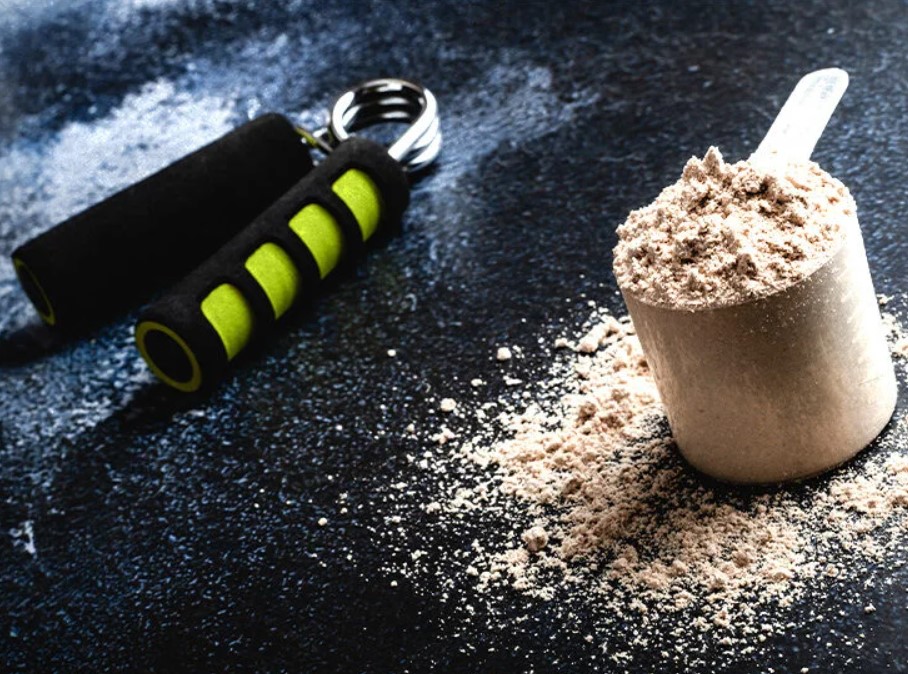

Beta-alanine, a non-essential amino acid, has been creating waves in the fitness and bodybuilding world for its potential to enhance athletic performance. You’re in the right place if you’ve ever wondered about this supplement and its benefits. In this ultimate guide, we will share what beta-alanine is, how it works, its benefits, potential side effects, and how to incorporate it into your fitness routine.
What is beta-alanine?
Beta-alanine is a naturally occurring amino acid, which, unlike essential amino acids that your body cannot produce, your body can create on its own. It is the foundation of carnosine, a molecule that plays a crucial role in muscle endurance. Carnosine acts as a buffer, helping to maintain the acid-base balance in muscles.
This is essential for optimal muscle performance, especially during high-intensity exercises. However, you may experience tingling, known as beta-alanine itch. This usually lasts for about an hour and will subside by itself.
Benefits of Beta-Alanine
Supplementing with beta-alanine dosage can be helpful. Below are great examples of why beta-alanine is worth it.
1. Enhanced Endurance
Beta-alanine supplementation increases carnosine levels, allowing athletes to push their bodies harder and longer during intense workouts. This particularly benefits sprinting, weightlifting, and high-intensity interval training (HIIT).
2. Improved Muscle Mass
Studies suggest that beta-alanine supplementation may promote muscle growth and aid in lean-muscle mass development. When combined with resistance training, it can positively impact body composition.
3. Delayed Fatigue
By buffering the acid buildup in muscles, beta-alanine helps delay the onset of fatigue. This delay allows athletes to maintain higher intensity levels throughout training sessions or competitions.
4. Increased Carnosine Levels
Beta-alanine is similar to carnosine, a dipeptide found in muscle cells. Carnosine helps buffer acid in muscles during high-intensity exercise, delaying the onset of muscle fatigue and allowing longer, more intense workouts.
How to Use Beta-Alanine
1. Dosage
The typical dosage for beta-alanine ranges from 2 to 5 grams daily. It is often recommended to split the dosage throughout the day to minimize the tingling sensation, known as paresthesia, which some people experience as a side effect of beta-alanine supplementation.
2. Timing
Beta-alanine can be taken with or without food. However, consuming it alongside a meal might help reduce the tingling sensation for sensitive individuals.
3. Loading Phase
Unlike some other supplements, beta-alanine does not require a loading phase. Consistent daily intake is enough to increase carnosine levels over time.
Potential Side Effects
While beta-alanine is generally safe for most people, some individuals may experience some harmless side effects. Some of these effects include:
- Paraesthesia
One main side effect of beta-alanine supplementation is a tingling sensation, often referred to as paraesthesia. It usually occurs in the face, neck, and back of the hands. This sensation is harmless and temporary, subsiding 15-20 minutes after ingestion.
- Digestive Issues
Some individuals may experience mild stomach discomfort, including nausea or bloating when taking beta-alanine supplements. Taking it with food or dividing the daily dose can alleviate these issues.
- Potential Allergic Reactions
Although rare, some individuals may be allergic to beta-alanine, experiencing symptoms such as rash, itching, swelling, dizziness, or difficulty breathing. If any of these signs occur, you should seek medical attention immediately.
Conclusion
Beta-alanine supplementation can significantly enhance athletic performance and endurance, making it a common choice among athletes and fitness enthusiasts. Understanding how to use it safely and effectively is crucial for reaping its benefits without experiencing adverse effects.









